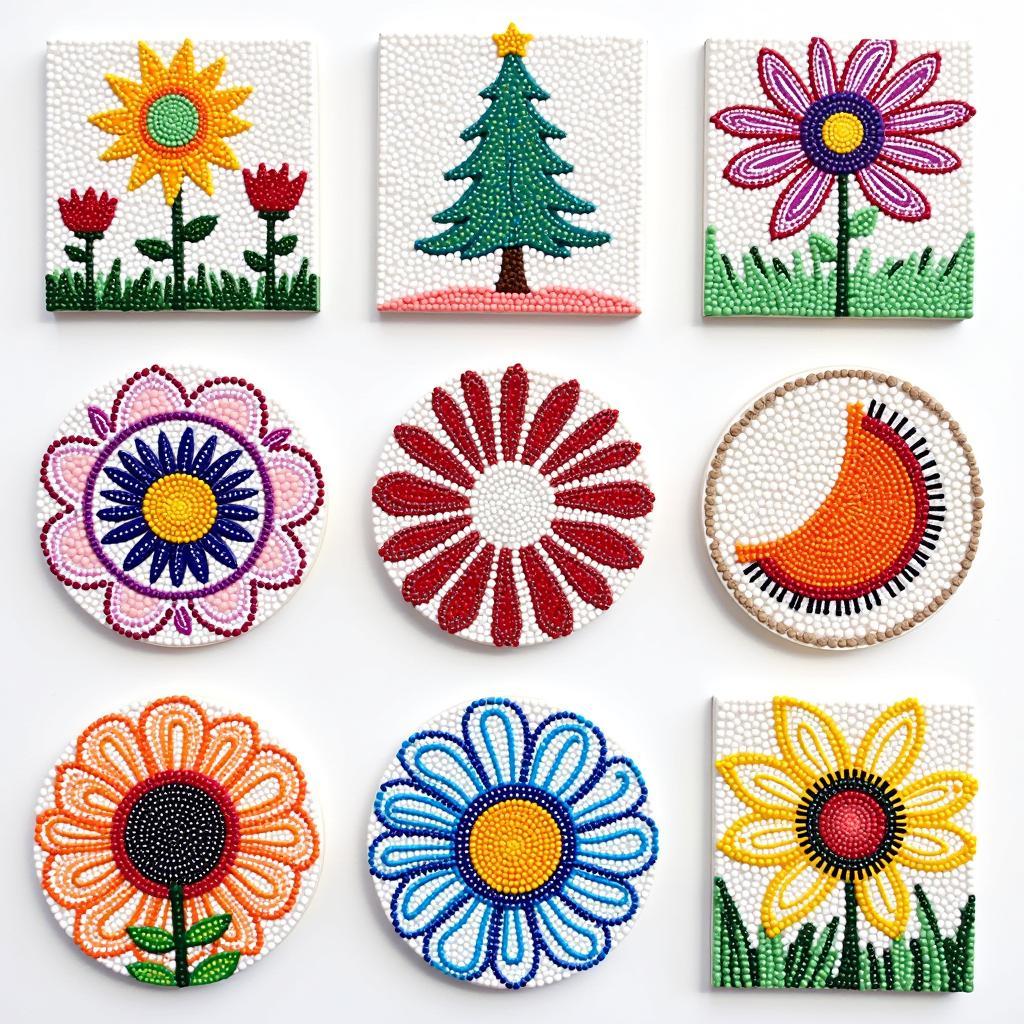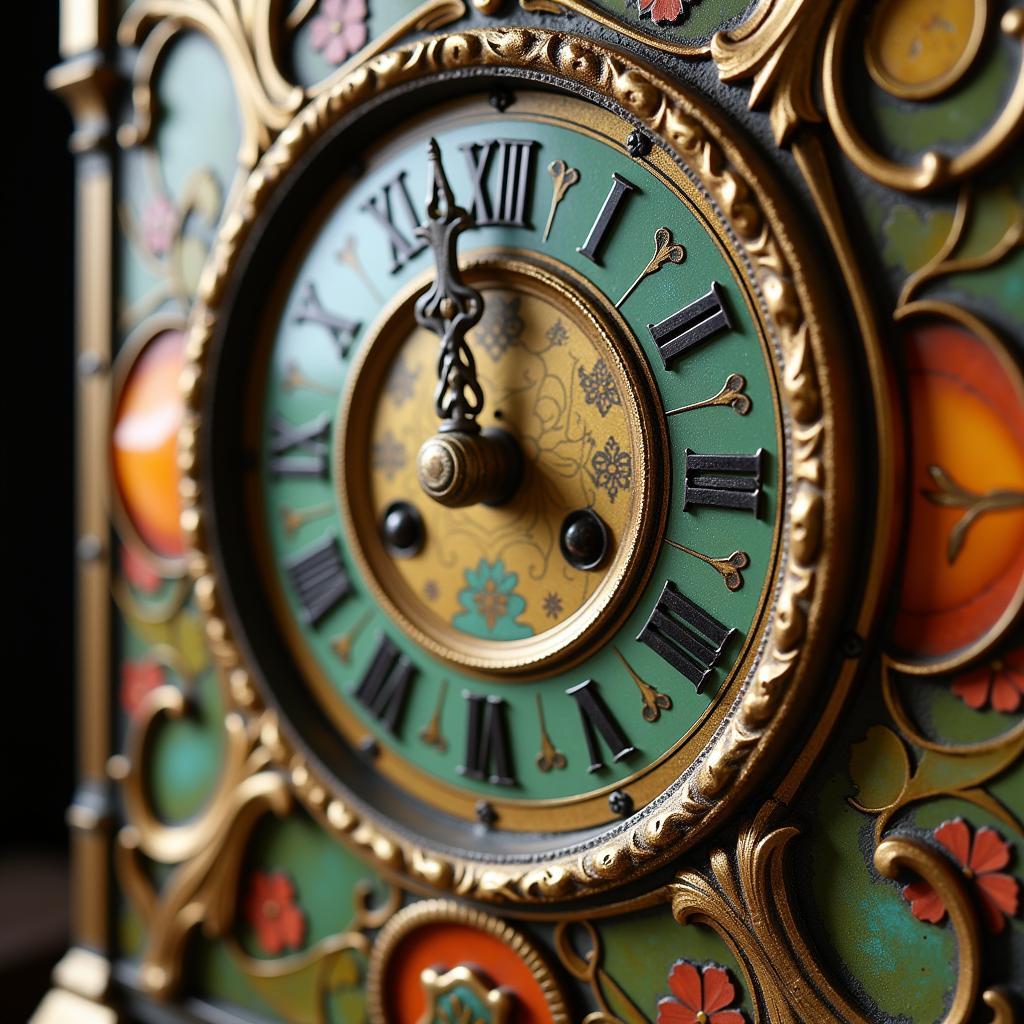Walking Dead Comic Book Art: A Deep Dive into a Post-Apocalyptic World
The Walking Dead Comic Book Art style is instantly recognizable. Its gritty black and white illustrations, created by Tony Moore and later Charlie Adlard, have come to define the look of the zombie genre for a generation. But what makes this art so captivating? What are the key elements that draw readers into its bleak yet beautiful portrayal of a world overrun by the undead?
The Power of Black and White
The decision to render The Walking Dead comics entirely in black and white was a deliberate one. It not only reflects the grim reality of the post-apocalyptic world but also serves several artistic purposes. Firstly, it eliminates distractions, forcing the reader to focus on the characters, their emotions, and the stark environments they inhabit. Secondly, the interplay of light and shadow, expertly employed by both Moore and Adlard, creates a sense of depth and drama, heightening the suspense and horror.
Expressionism and the Undead
The zombies in The Walking Dead are not just mindless monsters; they are representations of decay, despair, and the fragility of life. The artists achieve this through a style influenced by expressionism. Their depiction of the undead emphasizes grotesque features, exaggerated poses, and a sense of constant movement, creating a feeling of unease and impending threat.
Beyond the Gore: Capturing Humanity
While the art of The Walking Dead doesn’t shy away from the brutality of a zombie apocalypse, it’s the portrayal of the surviving humans that truly resonates. Through nuanced facial expressions, body language, and panel composition, the artists convey the emotional toll of survival, the constant struggle for hope amidst unimaginable loss.
The Walking Dead comic book art is a masterclass in visual storytelling. It’s a testament to the power of black and white art, the impact of expressionism, and the ability of skilled artists to capture the depths of human emotion, even in the face of unimaginable horror.


